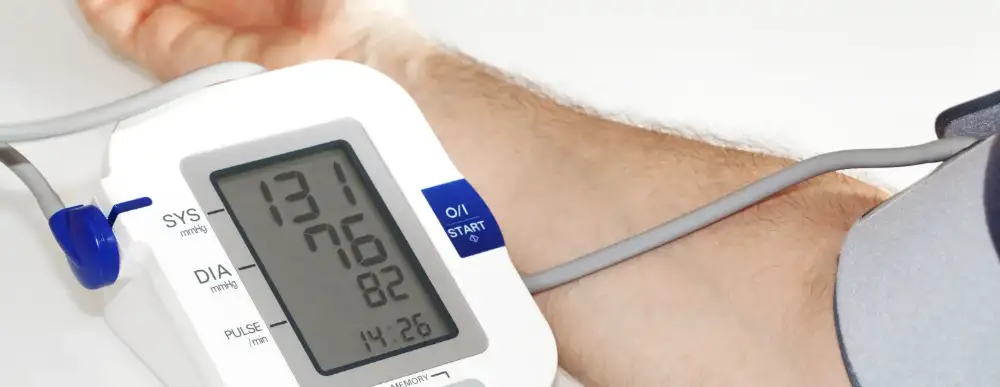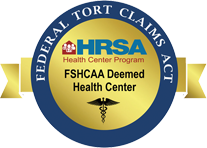High blood pressure, also known as hypertension, is a common medical condition in which the force of blood against the walls of the arteries is high enough that it can eventually cause health problems.
Risk factors that may cause high blood pressure are family history and age. It is more common for men to develop high blood pressure before the age of 64, and it is more common for women to develop high blood pressure after the age of 65
The modifiable risk factors, the behaviors we can change, are a lack of physical activity, an unhealthy diet, consuming too much sodium, being overweight or obese, drinking too much alcohol, sleep apnea, high cholesterol, diabetes, smoking and stress. When left untreated, this condition may cause strokes, heart attacks, heart failure, vision loss, peripheral artery disease and kidney disease.
Blood pressure is measured in numbers. Systolic (upper number) takes place as blood pumps out of the heart and into the arteries and diastolic (lower number) happens when the heart is resting between heart beats. According to the American Heart Association normal blood pressure is less than 120/80. Elevated blood pressure is systolic 120-129, and diastolic is 80-89. Hypertension state 1 is systolic 130-139, or diastolic 80-89. Hypertension stage 2 is systolic 140 or higher, or diastolic 90 or higher. Hypertensive crisis is a systolic blood pressure higher than 180, or diastolic higher than 120. Hypertensive crisis is a medical emergency and requires immediate attention either through your primary care provider or in the emergency room.
There are some simple lifestyle choices that you can make to manage/prevent high blood pressure. Knowing your blood pressure numbers and knowing when your blood pressure is too high. You can check your blood pressure at home and keep a log. Maintain a healthy weight by eating fruits, vegetables and lean meats. Limit total fats in your diet especially saturated fats. Reduce your sodium intake to under 1,500 mg a day. Aim for physical activity of 90 to 150 minutes per week of aerobic exercise, three sessions of isometric resistance exercises per week, and dynamic resistance exercise. Limit alcohol intake to one drink per day for women and two drinks per day for men. Try to do what you can to quit smoking. Follow-up with your primary care provider at least annually for a wellness exam.
High blood pressure is often called “the silent killer” because there are not always obvious symptoms of the disease. When left untreated, there can be serious consequences to your health. There is not a cure for high blood pressure but managing your risk factors, taking medications appropriately and working together with your primary care provider can significantly reduce the risk of complications from high blood pressure.
Tina Guedes is a family nurse practitioner who has been working with Health West for a year and a half. She is proud to serve the communities of Southeast Idaho.








